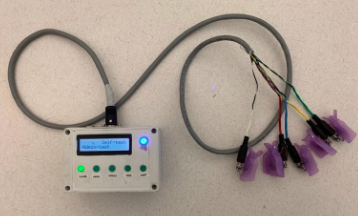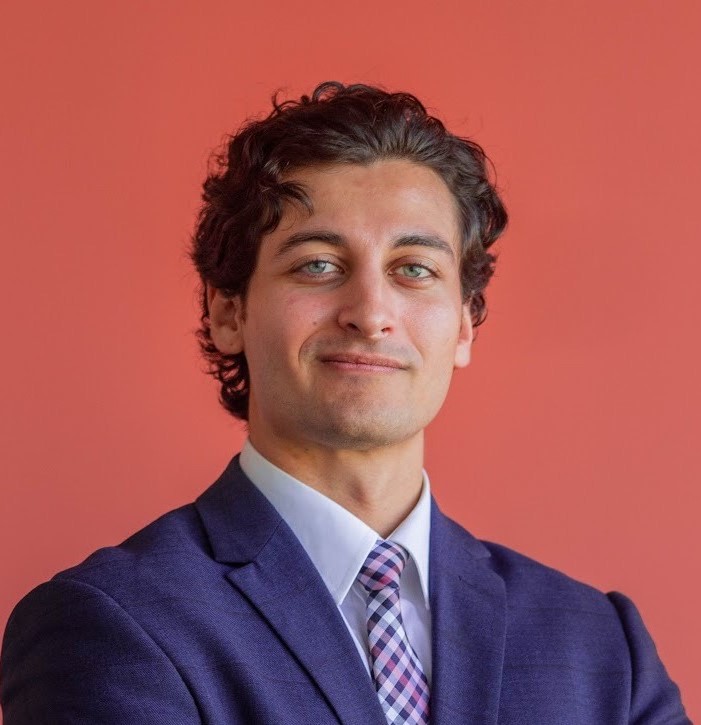Tactile Transducers
For my senior design project to complete my B.S. in Biomedical Engineering, I worked with a team of fellow undergraduates and our supervising professor, Dr. Gary Drzewiecki, to create a vibrational therapy device for stroke patients. We presented our project, “Design and Optimization of a Finger-by-Finger Vibrational Therapy” at the Rutgers Biomedical Engineering Symposium and were also awarded a grant from the National Science Foundation and the summer Biomechanics, Bioengineering, and Biotransport Conference when we were chosen as Finalists for their design competition.

Rutgers BME Team Selected as Finalist for NSF/S3BC Design Competition
Stroke patients offen suffer from hemiplegia, where control over one side of the body is greatly diminished and motor skills and propioception are reduced. Our device aimed to rehabilitate propioception, or awareness, of stroke patients’ fingers and hands. Propioceptive training has shown improvements of patients’ sense of touch, which includes electrical and vibrational therapies, but many of these devices are prohibitively expensive, or too complicated for personal use without a physical therapist. We focused on designing a device that met several crucial customer requirements: affordable, easy-to-use, and portable.
The components included pulse oximeter finger clip, vibrational transducers, and an Arduino powered computer with SD card storage, which were all cheap and easily replaceable. The clips could be put on quickly and the computer operated efficiently with just one hand, so that stroke patients could use the device at home. The device was also designed to be small and modular, so that the patient can bring it to a physical therapist or travel with it, and the SD card storage allowed the data to be analyzed separately by a care provider.
The device was tested on a subject who suffered from hemiplegia caused by stroke in a multi-week therapy regimen, and we saw two major improvements due to the vibrational therapy. The subject was more accurate in detecting stimulations to individual fingers, and overall hand function was improved after therapy sessions, showing progress on re-establishing neural connections to the target areas.
